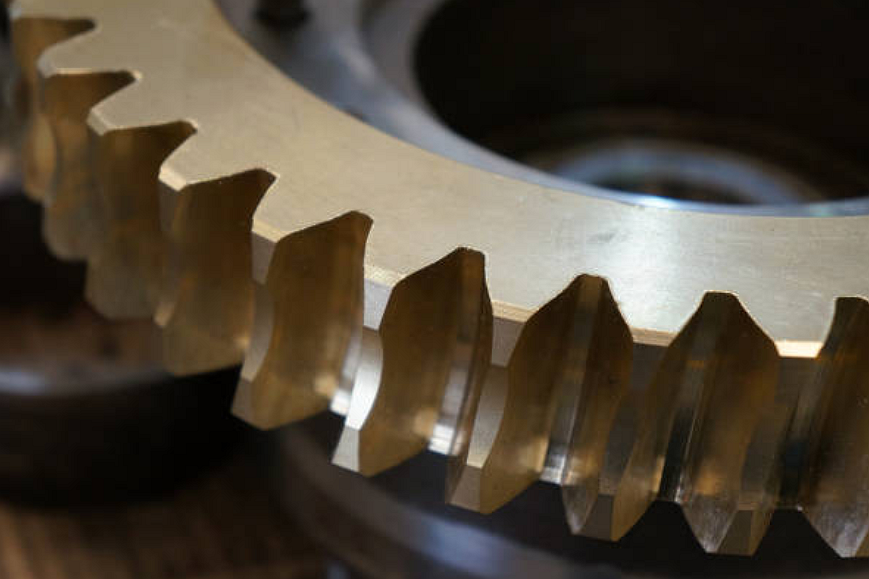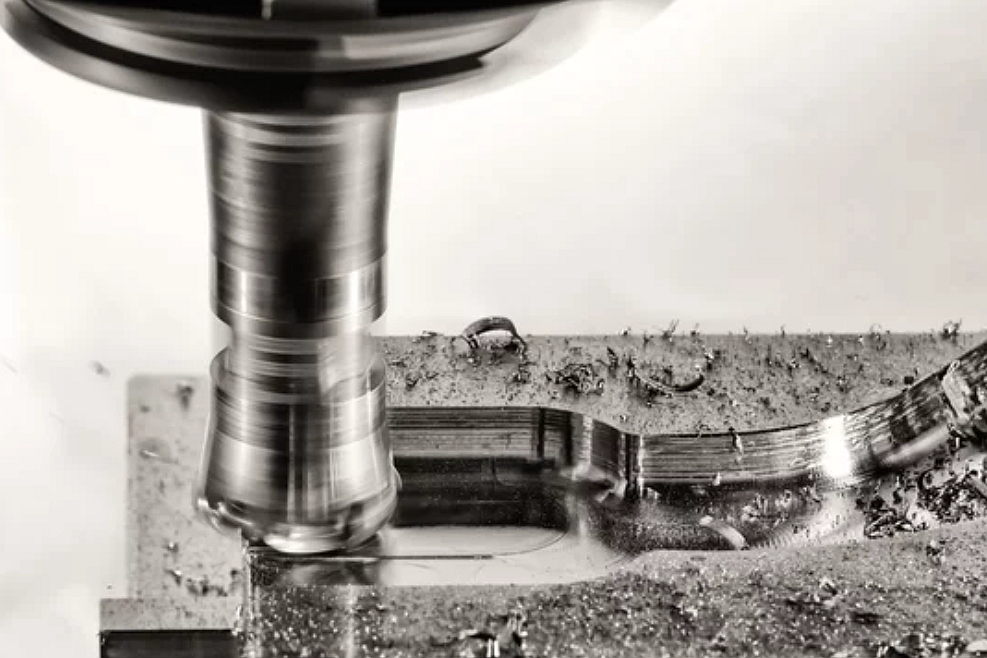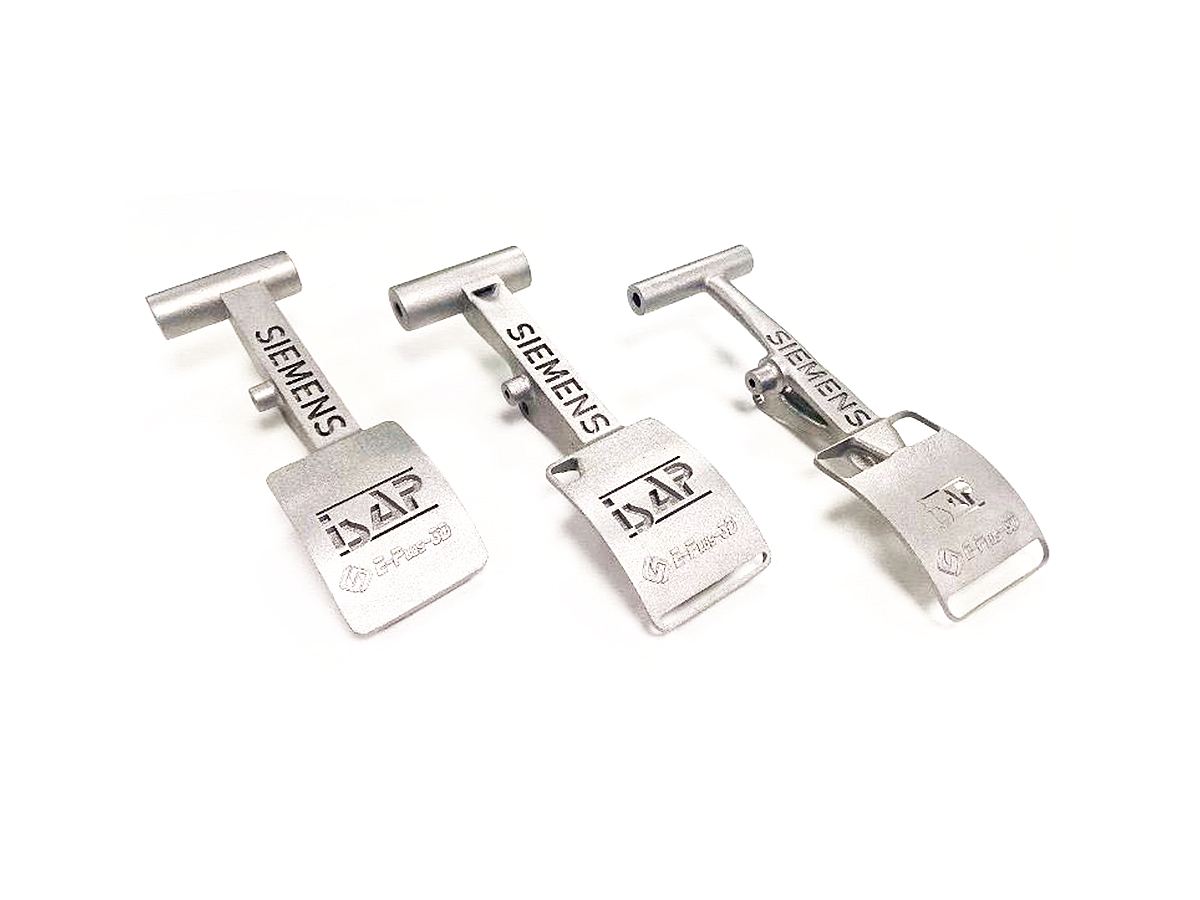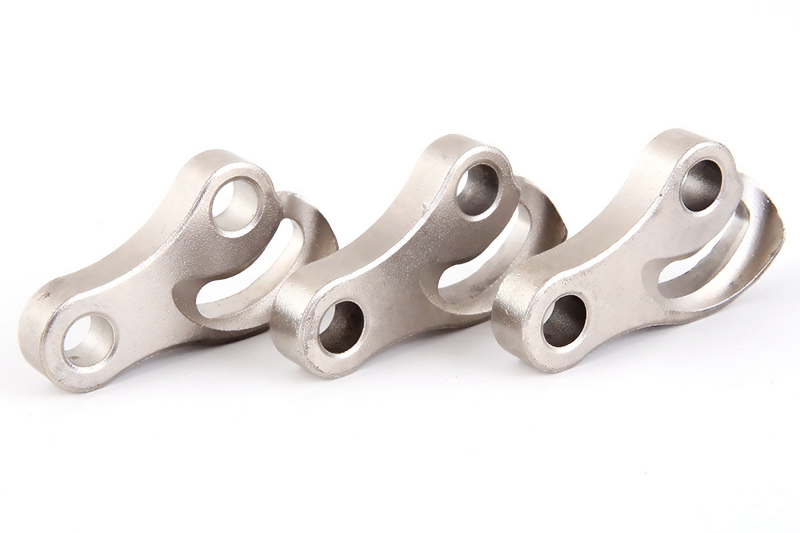Precision Engine & Transmission Components for Automotive
Introduction to Automotive Powertrain Precision Manufacturing
Modern automotive engines and transmissions rely on precision-manufactured components to ensure power efficiency, durability, and low emissions. As internal combustion and hybrid systems evolve, powertrain parts must handle extreme mechanical loads, rapid thermal cycling, and micron-level tolerance demands.
From CNC-milled aluminum engine blocks to custom-machined gear shafts, integrating high-performance materials and advanced manufacturing processes determines vehicle reliability. CNC Machining Service enables the production of complex, tight-tolerance geometries for critical moving parts. At the same time, thermal distortion, fatigue, and wear resistance are addressed through tailored process chains and material selection.
Across combustion and electric vehicle platforms, component performance must align with evolving standards for NVH (noise, vibration, harshness), emissions, and fuel economy. In the automotive industry, precision in engine and transmission parts is not optional—it is the backbone of competitive performance, longevity, and compliance with global regulations.

Key Engine Components and Their Manufacturing Requirements
Modern engines demand consistent performance under high thermal and mechanical stress. The following key components define the precision foundation of combustion systems:
Cylinder Head & Block Machining
The cylinder head and engine block are core structural elements. Manufacturing them requires complex geometries with high thermal stability, especially around combustion chambers and coolant paths. Aluminum Die Casting combined with post-cast CNC machining ensures critical flatness (≤0.02 mm), cylinder bore concentricity and consistent sealing surfaces. Finishing processes like honing and surface grinding optimize oil retention and wear behavior at the interface zones.
Pistons, Valves, and Camshafts
These reciprocating and rotating components undergo high-speed dynamic loading. Pistons require low weight and thermal conductivity control, often produced through forging followed by precision turning. Camshafts and valves must meet hardness and dimensional standards, with lobes ground to ±5 μm accuracy for valve timing. Mass Production CNC workflows allow consistent volume output with inline inspection to ensure compliance with ISO/TS 16949 standards.
Turbocharger Housing and Cooling Elements
Turbocharger housings are exposed to exhaust-side temperatures exceeding 900 °C. Superalloy castings or stainless steel are machined to withstand thermal expansion while maintaining dimensional integrity around the impeller chamber. Cooling jackets and ducts must be CNC-machined with flow-optimized geometries. Superalloy Machining ensures heat-resistant turbine housings are dimensionally stable and crack-resistant across duty cycles.
Every component must meet rigorous tolerances and material integrity to support modern engine efficiency and emission control requirements, from cylinder sealing to heat-dissipating assemblies.
Transmission Components: Tolerance and Load-Bearing Design
Transmission components are pivotal in torque transfer, gear synchronization, and vibration damping. Each part must be manufactured with extreme dimensional accuracy and surface finish quality to ensure long-term drivetrain reliability.
Gear Sets and Synchronizers
Gear teeth require fine surface finishing (Ra ≤ 0.4 μm), tight pitch circle diameters, and backlash control tolerances. In high-load automotive transmissions, hardened steel gears are CNC-cut and precision-ground. CNC Turning is used for shaft interfaces, while gear hobbing and finishing maintain concentricity within ±10 μm, which is crucial for NVH suppression and smooth torque transitions.
Housings and Flanges
Transmission housings accommodate bearing seats, oil flow channels, and shift fork interfaces. These cast aluminum or magnesium parts must meet complex geometry requirements, with flatness and perpendicularity often within 0.05 mm across machined flanges. Vacuum Casting provides bubble-free, high-precision prototypes for early validation, followed by high-speed CNC machining to finalize production surfaces.
Shaft and Bearing Interfaces
Input/output shafts and intermediate gears operate under high torsional and bending stress. Their bearing journals must have a precise fit tolerance (e.g., H7/k6) and circularity under five μm. Surface Grinding ensures ultra-flat and wear-resistant contact areas, mainly where needle or duplex angular contact bearings are used.
Even minor deviations in these components can lead to cumulative misalignments, accelerated wear, or gear whine in powertrain systems, making tolerance-controlled manufacturing indispensable.
Material Considerations for Powertrain Components
Material selection directly impacts mechanical efficiency, thermal resistance, fatigue strength, and overall cost-effectiveness in engine and transmission systems. Choosing the right material allows engineers to optimize components for durability, mass, and manufacturability.
Heat-Resistant Steels & Alloys
Exhaust-facing components such as turbochargers, valves, and head gaskets often use heat-resistant stainless steel like AISI 304, 316, or Inconel-based superalloys. These materials maintain mechanical strength at >800 °C. Stainless Steel Machining ensures dimensional integrity, corrosion resistance, and long-term thermal stability for machined parts for critical sealing and load-bearing regions.
Lightweight High-Pressure Cast Aluminum
Aluminum alloys, especially ADC12 and A356, are extensively used in transmission housings, cylinder heads, and oil pans due to their high castability and good thermal conductivity. High-pressure casting combined with post-machining provides weight reduction without sacrificing strength. ADC12 Aluminum Alloy offers excellent dimensional stability and can be T5 or T6 heat-treated to enhance yield strength.
Wear-Resistant Surface Coatings
PVD and DLC coatings are commonly applied to valve stems, camshafts, and gear teeth to reduce friction and extend component life under lubricated and dry conditions. These coatings offer hardness values >2000 HV and low coefficients of friction. The PVD Surface Treatment method produces thin, uniform films ideal for high-cycle fatigue components.
Choosing the optimal material or coating strategy enables manufacturers to balance performance targets with lifecycle costs, especially in high-volume automotive programs.
Quality Control for Engine & Transmission Components
Precision components in engines and transmissions require rigorous quality assurance protocols to prevent premature failure, improve efficiency, and meet OEM standards. Dimensional, geometric, and material integrity must be confirmed throughout the machining process.
Critical dimensions such as bore concentricity, gear backlash, valve seat geometry, and shaft alignment are controlled to within ±10 μm or tighter. Coordinate measuring machines (CMMs), air gauges, and optical profilers are standard in production lines to detect out-of-spec conditions before assembly. Coordinate Measuring Machine technology is particularly effective for non-contact inspection of complex housing geometries and shafts.
In addition to dimensional checks, non-destructive testing (NDT) methods such as dye penetrant, ultrasonic, and magnetic particle inspection are used on high-stress components like camshafts or crankshafts. Fatigue testing and hardness profiling confirm component consistency against metallurgical expectations.
Quality systems such as IATF 16949, PPAP (Production Part Approval Process), and APQP frameworks are adopted to ensure complete traceability from raw material to the final part. Inline SPC (Statistical Process Control) and first article inspection (FAI) are mandatory steps for high-volume engine and transmission parts.
By integrating quality at every production stage, automotive manufacturers reduce recall risks and guarantee performance consistency across thousands—or millions—of powertrain assemblies.
Case Studies: Engine and Transmission Component Solutions
Real-world applications illustrate how precision manufacturing and process integration yield robust engine and transmission solutions that meet demanding automotive standards.
Precision Shaft Machining for Gearbox Assembly
A high-performance vehicle manufacturer required custom transmission shafts with minimal radial runout, optimized for high RPM operation and minimal vibration. Shaft journals achieved roundness within three μm using multi-axis turning and centerless grinding. The team implemented inline CMM validation and SPC controls throughout the process. The final assembly exhibited excellent NVH characteristics under both thermal and torsional loads. Learn more about Custom Transmission Shafts and their role in gearbox durability.
Turbocharger Housing Superalloy Machining
In a turbocharged diesel application, the client required housings capable of withstanding >900 °C exhaust conditions without distortion. Superalloy castings were pre-processed using EDM to define impeller regions, followed by 5-axis CNC finishing. Flatness tolerance was maintained below 0.015 mm across the mounting flange. Thermal cycle testing validated deformation resistance and sealing consistency. Explore the Turbine Housing CNC Project for insight into machining strategies for high-temperature engine components.
These case studies underscore how material selection, process control, and metrology integration contribute to long-term powertrain reliability in commercial and performance automotive applications.
Design for Automotive Reliability and Performance
Achieving long-term performance in engines and transmissions begins with a robust component design that anticipates mechanical, thermal, and assembly-related challenges. Engineering teams integrate FEA simulations, tolerance stack-up analysis, and thermal expansion models early in development.
Key strategies include designing bearing fits with thermal growth compensation, optimizing oil flow paths in housings, and maintaining precise centerline alignment between rotating components. Multi-material assemblies—such as aluminum housings with steel inserts—require differential expansion management to prevent stress concentrations or seal failure.
Collaborating with suppliers who offer a One-Stop Machining Service ensures design feedback is integrated before prototype tooling, allowing for real-world manufacturability adjustments and fixture simulation.
Embedded features such as dowel alignment holes, self-locating grooves, and anti-rotation flats minimize assembly errors. Combined with repeatable machining, these minor design enhancements improve overall system reliability, reduce field failures, and streamline serviceability over the vehicle lifecycle.
Well-executed design for manufacturing (DFM) reduces production scrap and costs and elevates the performance benchmark for modern automotive platforms.
Conclusion: Precision Machining Driving the Future of Mobility
As vehicles transition toward higher efficiency, electrification, and intelligent control, the demand for precisely engineered components grows more critical. Whether in combustion engines, hybrid transmissions, or EV drivetrain interfaces, dimensional accuracy, material stability, and scalable manufacturing will remain the pillars of reliability.
Precision machining bridges the gap between cutting-edge design and real-world endurance. It enables lightweight integration, tighter tolerances, and multi-material compatibility—essential for modern automotive development cycles.
Partnering with a qualified Custom Parts Manufacturing Service ensures that every stage—from design consultation and material selection to production and inspection—is optimized for performance, compliance, and scalability.
In this landscape of evolving automotive technology, precision manufacturing doesn’t just support mobility—it defines its future trajectory.



